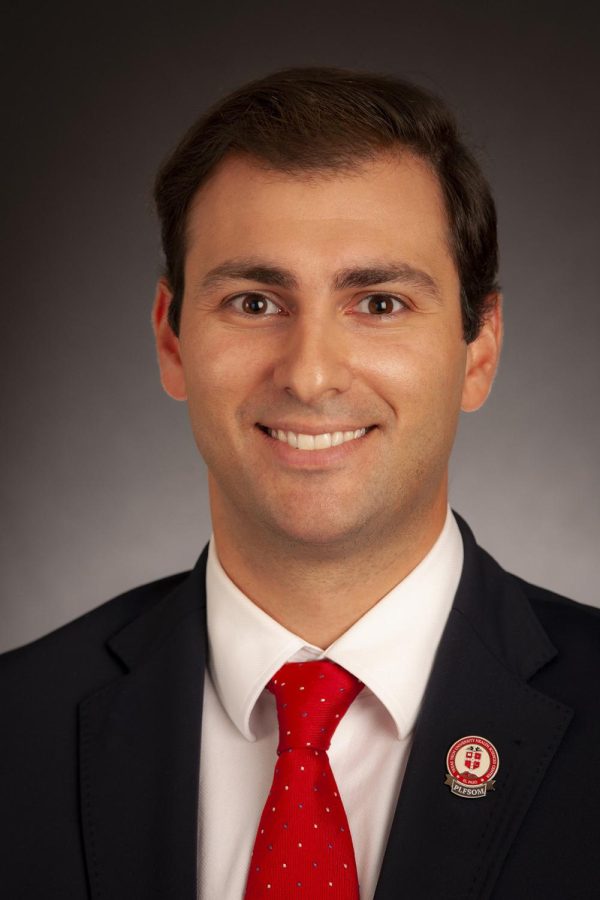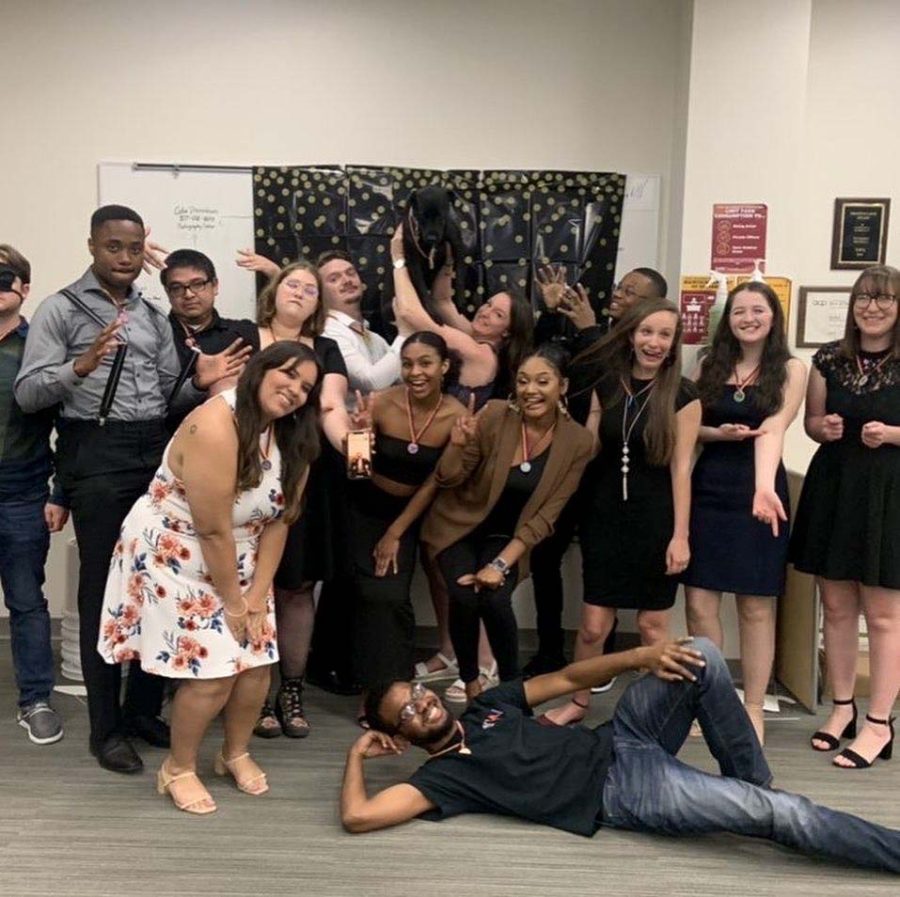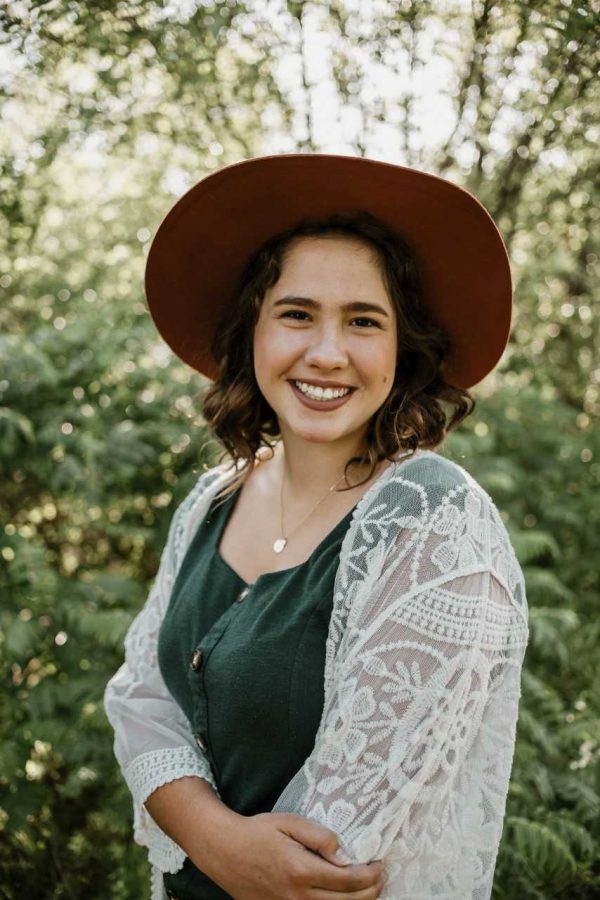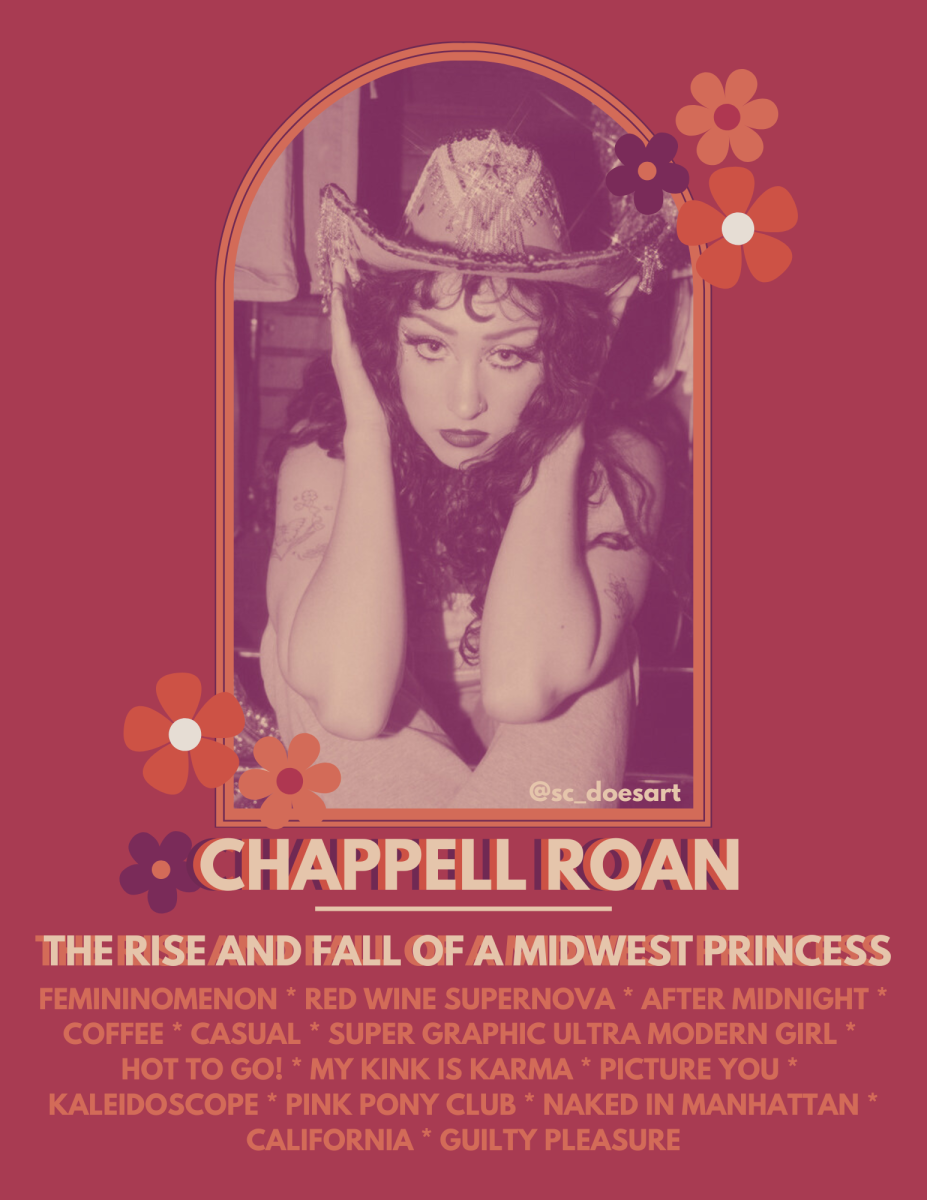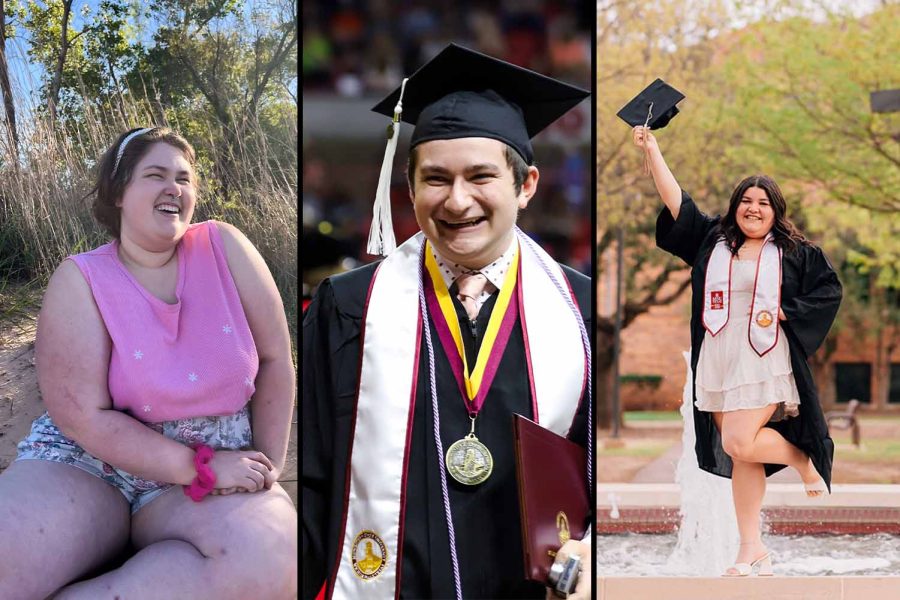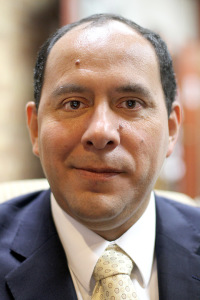
The fall of 2014 has brought, for a second year in a row, one of the largest freshman classes in MSU’s history. According to the latest census, Midwestern welcomed 813 freshmen this semester, and 817 in the fall 2013.
Additional analysis of the numbers reveals that an increased number of students are coming from geographical areas beyond Wichita County and the surrounding areas. A larger number of our freshmen are now coming from the Dallas-Fort Worth area, and the percentage of students coming from other counties in Texas, including large metropolitan areas such as Houston, Austin and San Antonio, is also prominent. Midwestern is also receiving students from the rest of the United States, and at least 53 countries are represented in the overall student body.
The demographic breakdown of our freshman class from the last two years reveals a growing representation from culturally diverse groups. Almost all of the so-called minority groups grew in representation this year when compared to last year. Approximately 46 percent of the freshman student body falls now in a minority group classification.
This demographic and cultural diversity in our campus is also evident in the number of student clubs and organizations across campus. As listed on the university’s website, more than 100 student organizations with an array of interests and emphasis including academic, cultural, honorary, hobbies and sports, special interests and others are available to the student body. Arguably, the campus has a growing feeling of rich and varied academic and cultural influences.
In addition to the recent freshman class, there is another group of newcomers to Midwestern: the faculty members that, like me, proudly joined this institution as full-time members this fall. Three new faculty members were hired in the College of Science and Mathematics, one in the Dillard College of Business Administration, three in the West College of Education, four in the Fain College of Fine Arts, 10 in the Gunn College of Health Sciences and Human Services, and three in the Prothro-Yeager College of Humanities and Social Sciences. Let us also not forget that last year Midwestern hired thirty new full-time faculty members. To put these numbers in perspective, Midwestern has approximately 231 faculty members. If we combine the number of new hires in the last two years, more than 20 percent of the faculty at Midwestern are recent hires.
It became evident to me, as I met several of the new faculty members during our new employee orientation and other activities, that the newcomers were very diverse not only in their academic backgrounds, ideas and interests, but also culturally and demographically. As new faculty members introduced themselves and talked about their academic credentials, it was clear that Midwestern had attracted faculty who are bringing to the institution a vast array of experiences and backgrounds. The recent faculty hires also revealed that Midwestern attracted faculty at different stages in their academic careers, from instructors, assistant and associate professors, to a college chair and a dean.
The result of the changing student body and new hires that add to the existing longer-serving faculty makes me think that Midwestern is perhaps transitioning from a regional university to a more global one. If such a statement were to hold true, the growing cultural diversity on the campus, in its various forms, is good news for our students and our institution.
A large body of academic research has been dedicated to analyze and to study the benefits and strengths that diversity in its many forms brings to organizations. In a liberal arts institution like Midwestern, this aspect is not only a benefit, but a nurturing factor. If intellectual diversity is to be cultivated, the campus is well served as the institution continues to expand and make available a larger number of cultural experiences for the students. The dynamic environment created will undoubtedly provide a place for our students to grow, to think, to reflect, to experience, to explore, and to become educated world-class citizens.
I am confident that Midwestern’s diversely energized student and faculty body will, in turn, continue helping the institution recruit strong faculty and attracting increased numbers of motivated students.
Lastly, I cannot finish this column without thinking of the connotations for my home college, Fain Fine Arts. The above ideas reminded me of a thought expressed in an interview by one of the greatest American cellists of our time, Yo-Yo Ma: “When you learn something from people, or from a culture, you accept it as a gift, and it is your lifelong commitment to preserve it and build on it.”
In Fain Fine Arts, I welcome the possibility of our students growing in an environment where such “gifts” are vast and varied.
Martin Camacho is the dean of the Fain College of Fine Arts.



